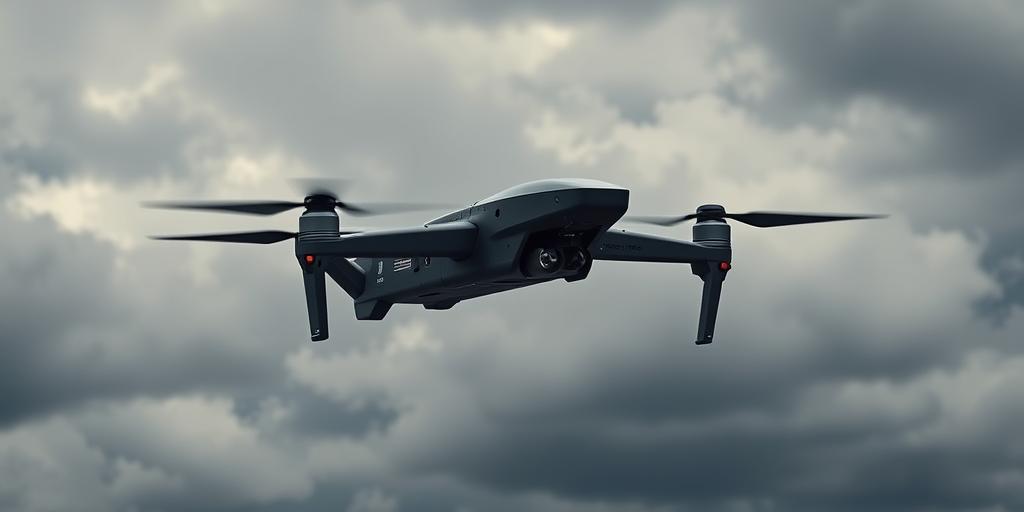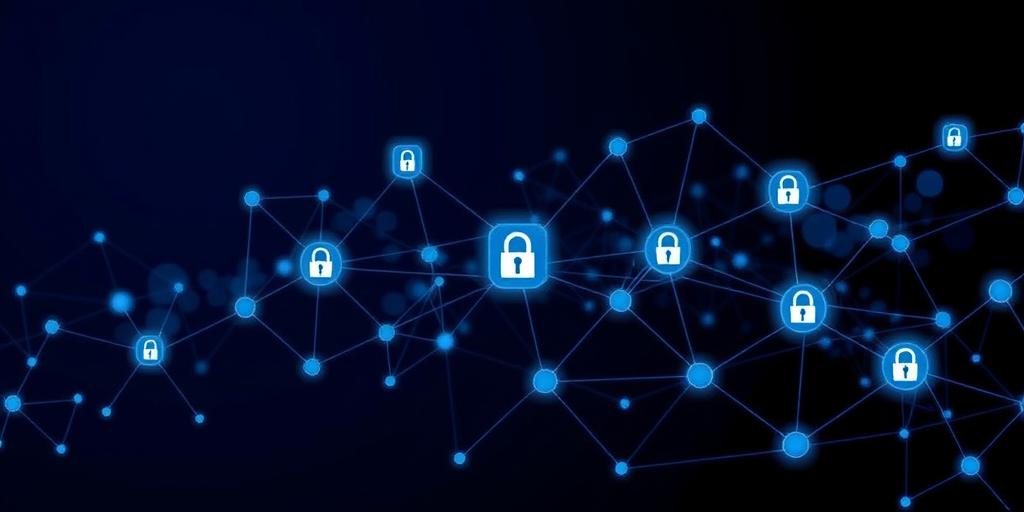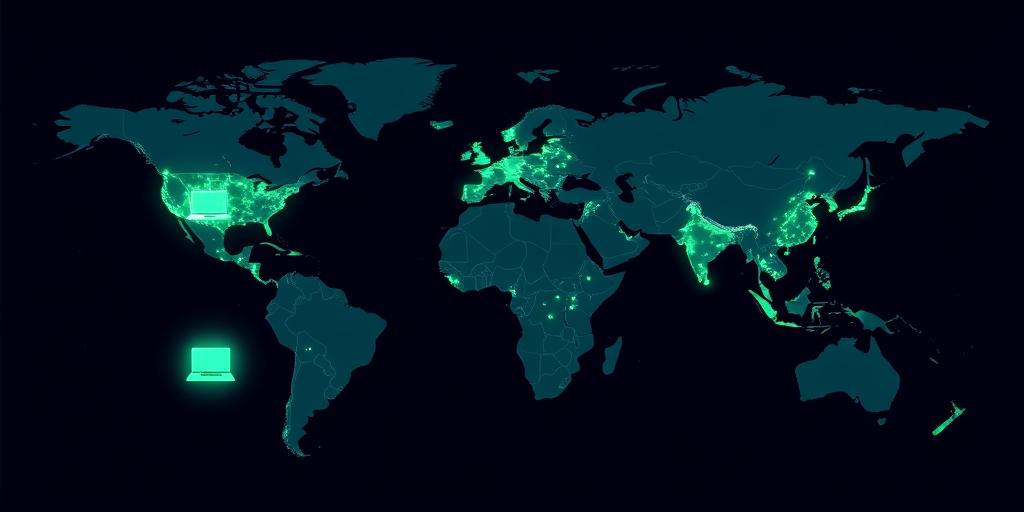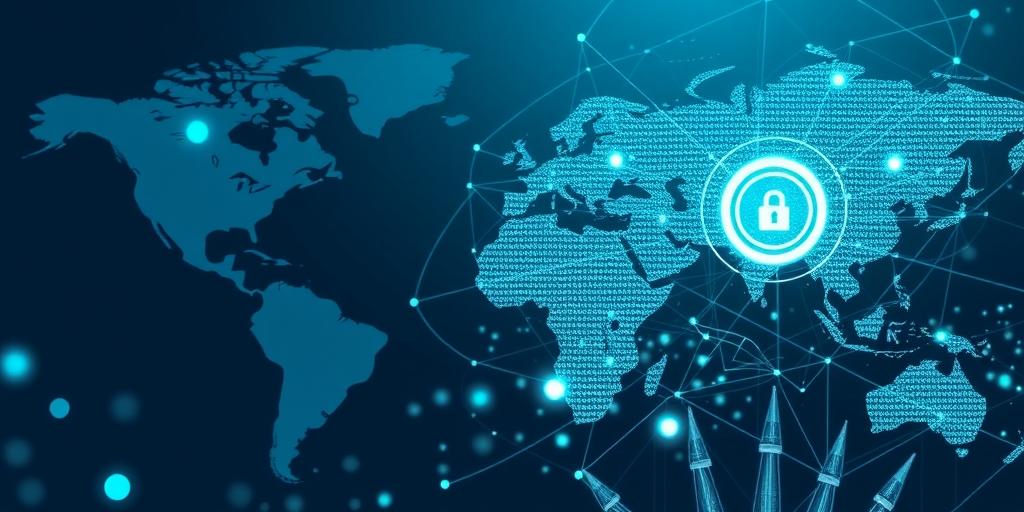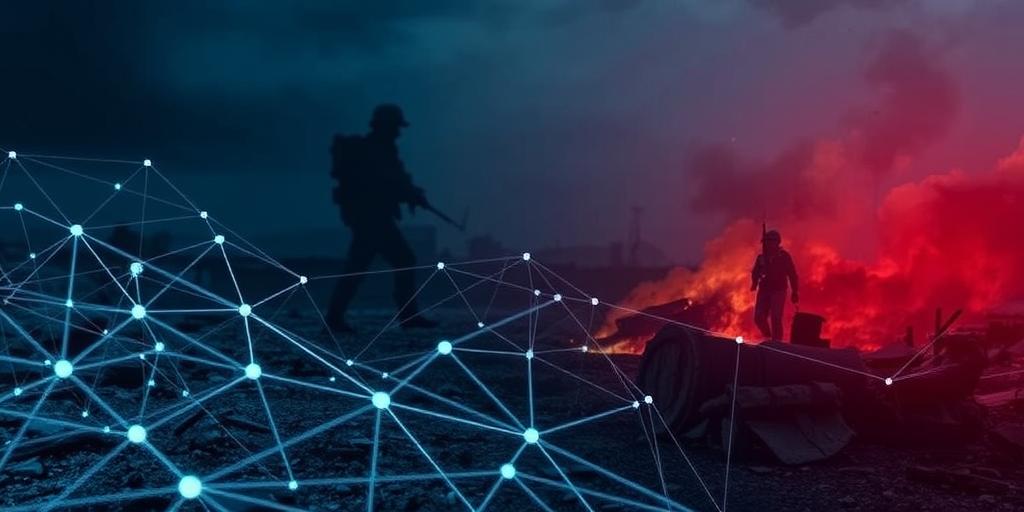
Cybersecurity Challenges in Conflict Areas
Cybersecurity Challenges in Conflict Areas
Conflict areas present unique and amplified cybersecurity challenges. The disruption of infrastructure, the targeting of humanitarian organizations, and the spread of disinformation all contribute to a complex and dangerous digital environment. Understanding these challenges is crucial for developing effective strategies to protect vulnerable populations and maintain stability.
Infrastructure Vulnerabilities
Conflict often leads to the degradation or destruction of critical infrastructure, including communication networks and power grids. This creates vulnerabilities that malicious actors can exploit. Damaged or outdated systems are easier to compromise, and the lack of reliable power sources can hinder security efforts. Furthermore, the reliance on alternative communication methods, such as satellite phones, can introduce new security risks.
Targeting of Humanitarian Organizations
Hackers frequently target humanitarian organizations operating in conflict zones. These organizations often possess sensitive data about vulnerable populations, making them attractive targets for espionage or extortion. Cyberattacks can disrupt aid delivery, compromise the safety of personnel, and undermine trust in humanitarian efforts. Protecting these organizations requires robust cybersecurity measures and constant vigilance.
Disinformation and Propaganda
Conflict zones are prime environments for the spread of disinformation and propaganda. Malicious actors use social media and other online platforms to manipulate public opinion, incite violence, and undermine peace efforts. Combating disinformation requires a multi-faceted approach, including media literacy education, fact-checking initiatives, and the removal of harmful content. However, these efforts must be balanced with the need to protect freedom of expression.
Data Security
Securing sensitive data in conflict areas presents numerous challenges. The lack of secure storage facilities, the risk of data breaches, and the potential for data manipulation all pose significant threats. Encrypting data, implementing strict access controls, and regularly backing up data are essential steps for protecting sensitive information. Additionally, organizations must ensure that their data security practices comply with international law and ethical standards.
Capacity Building
Strengthening cybersecurity capacity in conflict-affected regions is crucial for building resilience and promoting long-term stability. This includes training local personnel, providing access to cybersecurity tools and resources, and fostering collaboration between government, civil society, and the private sector. By empowering local communities to protect themselves, we can create a more secure and resilient digital environment.
International Cooperation
Addressing the cybersecurity challenges in conflict areas requires international cooperation. Governments, international organizations, and civil society groups must work together to share information, coordinate responses, and develop common standards. This includes providing technical assistance to vulnerable countries, supporting international law enforcement efforts, and promoting responsible state behavior in cyberspace.
Conclusion
The cybersecurity challenges in conflict areas are complex and multifaceted. Addressing these challenges requires a comprehensive approach that combines technical expertise, policy innovation, and international cooperation. By working together, we can protect vulnerable populations, promote stability, and build a more secure digital future for all. Staying informed, adaptable, and proactive is key to navigating the ever-evolving cybersecurity landscape in these high-risk environments.


